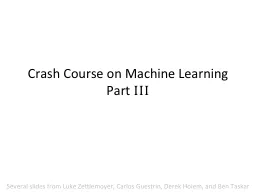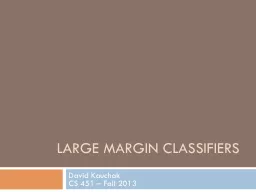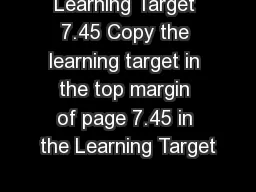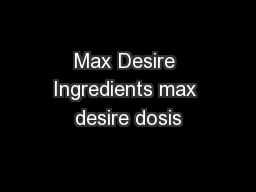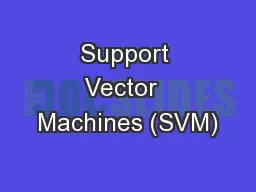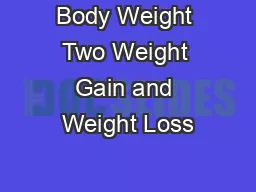PPT-Online Max-Margin Weight Learning
Author : liane-varnes | Published Date : 2017-04-11
for Markov Logic Networks Tuyen N Huynh and Raymond J Mooney Machine Learning Group Department of Computer Science The University of Texas at Austin SDM 2011 April
Presentation Embed Code
Download Presentation
Download Presentation The PPT/PDF document "Online Max-Margin Weight Learning" is the property of its rightful owner. Permission is granted to download and print the materials on this website for personal, non-commercial use only, and to display it on your personal computer provided you do not modify the materials and that you retain all copyright notices contained in the materials. By downloading content from our website, you accept the terms of this agreement.
Online Max-Margin Weight Learning: Transcript
Download Rules Of Document
"Online Max-Margin Weight Learning"The content belongs to its owner. You may download and print it for personal use, without modification, and keep all copyright notices. By downloading, you agree to these terms.
Related Documents


